In only a few years, charcuterie has remarkably become of one the most misused words in the food industry. I’m sure you’ve all encountered it, but do you actually know what does charcuterie mean? Read on to learn about the history of charcuterie and the difference between a cheese board and a charcuterie board.
READ MORE: The world’s most complete glossary of cheese terminology →
Origin of the name
Charcuterie is a French portmanteau word that brings together “chaire” (flesh or meat) and “cuite” (cooked). So, combine the two and you get cooked meat right?
Indeed, it relates to a range of cooked meats that can be served cold or warm. And, a charcutier is someone who makes and/or sells charcuterie. Notice how there is no connection to cheese? We’ll get back to this later.
The history of charcuterie
Actually, the earliest mentions of the word date to the first century A.D. when Greek geographer Strabo recorded the import of salted meat from Gaul.
Around the same time, the Roman empire started using salt to cure meats and produced salami and prosciutto. While the term charcuterie is a French word, the actual process of drying, salting and curing meat can be found throughout Europe and the rest of the world.
How to make charcuterie
Which meats can be used?
Even though most early versions of charcuterie were made using pork, its technical definition does not preclude the use of other meats. Moreover, offcuts and offal are very often used to ensure that no part of the animal is wasted.
The processes
While the processes by which charcuterie is made can vary from one product to another, they typically include at least one of the following: salting, drying and curing.
Fresh or pre-cooked
Moreover, there are largely 2 types of meats that fall under the charcuterie umbrella, namely fresh (raw) and pre-cooked sausages.
The fresh ones (e.g. boudin blanc and chorizo) have to be cooked by the consumer before eating. On the other hand, pre-cooked sausages and hams (e.g. saucisson and prosciutto) can be served as they are on a charcuterie board.
Some examples of charcuterie from around the world
Salumi
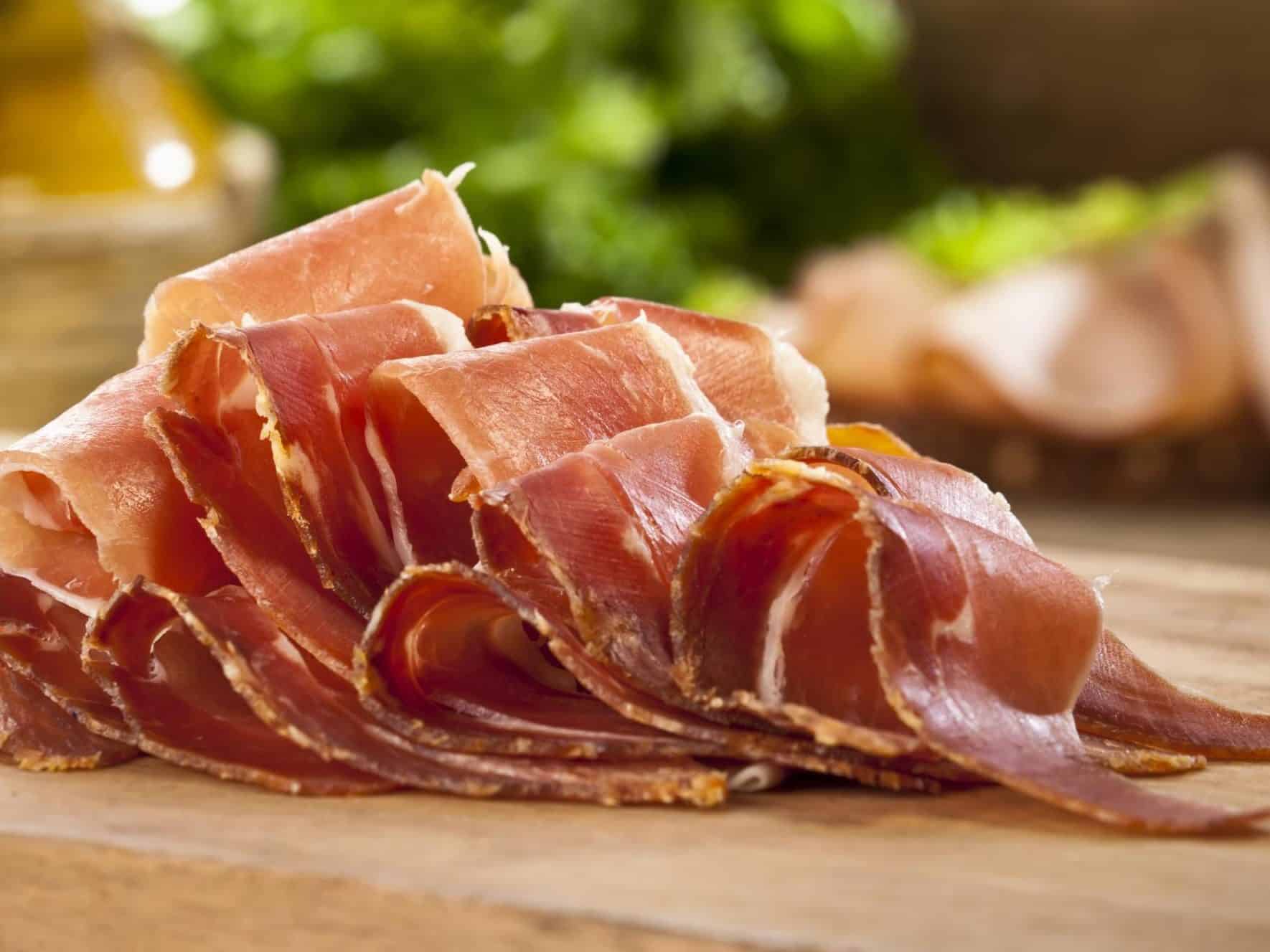
In many ways, salumi is the Italian version of charcuterie. The range of salumi meats is very similar to the French and includes everything from salted ham and dried sausages. Some popular examples include salami, prosciutto and capocollo.
Jamón Ibérico
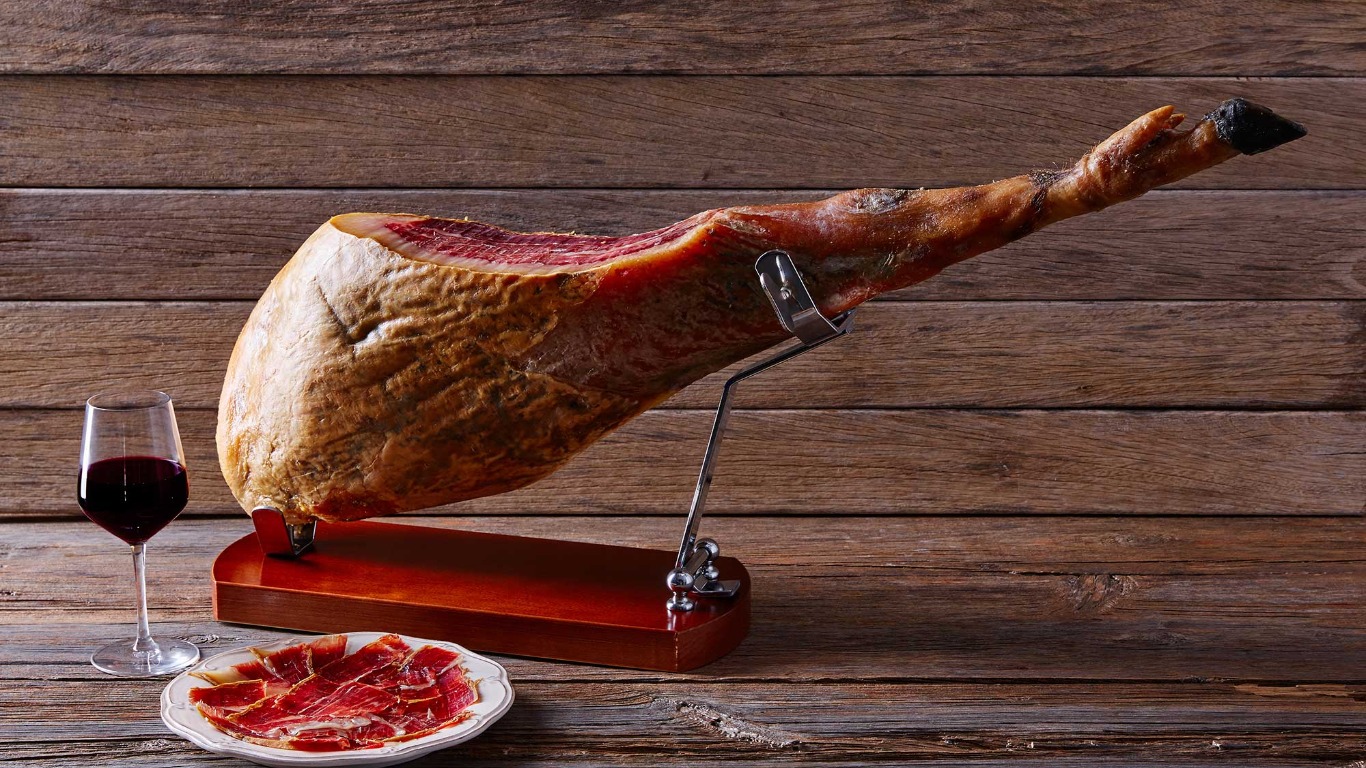
Jamón Ibérico (cured leg of pork) is the Iberian peninsula’s take on cured meats. Indeed, Spain and Portugal’s version of ham has become hugely popular locally and around the world.
Biltong
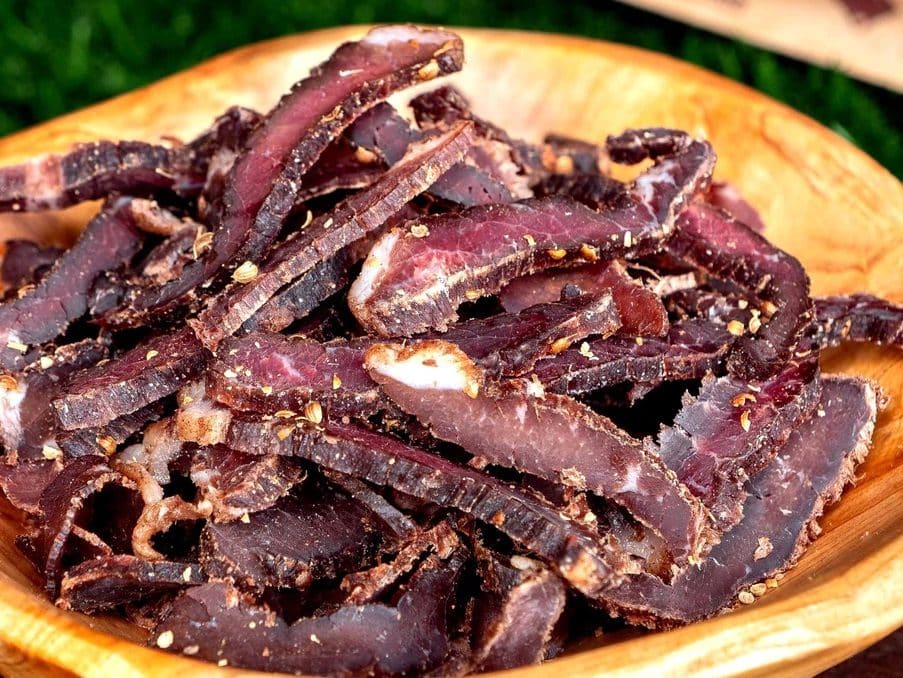
Biltong is a dried beef delicacy that finds its roots in 17th century South Africa. As a result of the introduction of exotic spices by Dutch seafarers, locals started making Biltong using a mixture of pepper, coriander and cloves.
Pâtés and Rillettes
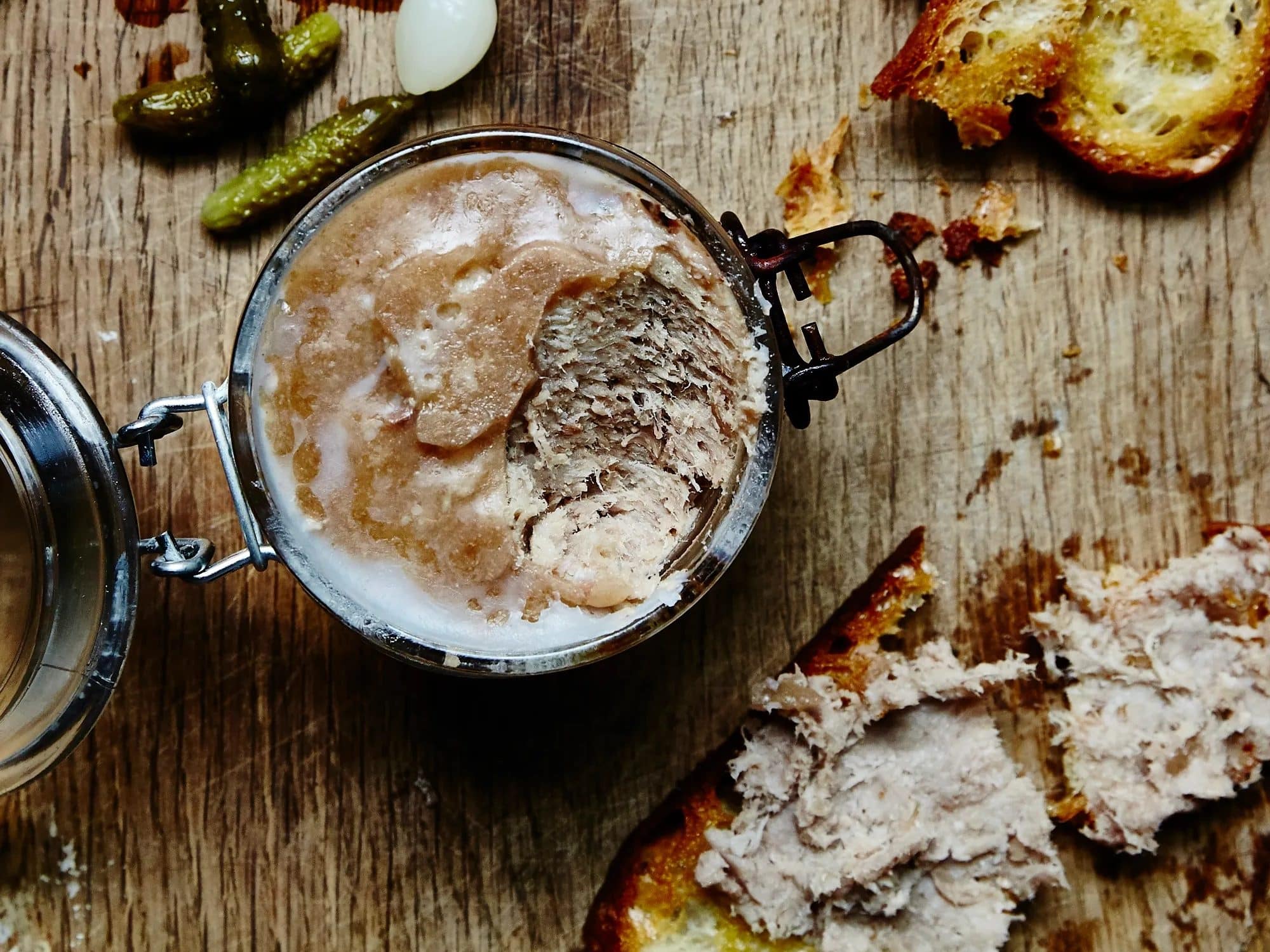
Finally, to round up the collection, let’s talk about pâtés and rillettes. Pâté is a French delicacy that is typically made with poultry giblets (most commonly liver). It can be served warm or cold and is a great accompaniment to cured meats, cheese and bread.
On the other hand, rillette is traditionally made with pork meat but can sometimes be made with goose, rabbit or poultry. The French serve it in a ceramic pot and pair it with warm bread.
Cheese board vs charcuterie board
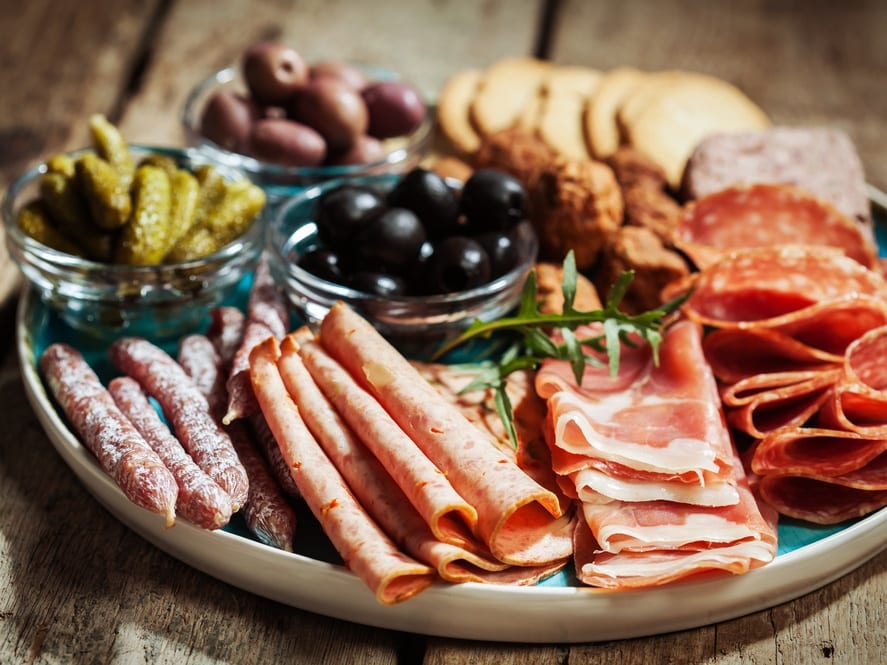
Unfortunately, there are a large number of “charcuterie” boards out there that don’t even have any meat on them. Let’s be clear here. A charcuterie board is a board with charcuterie (meat) on it. Of course, meat does not have to be the only component of the board. After all, one of the most common pairings is cheese.
Having said that, there are only two acceptable terms to describe a plate that combines both cheese and charcuterie. Namely, a charcuterie board with cheese, or a cheese board with charcuterie.
What else can you serve with cold cut meats?
Vegetables
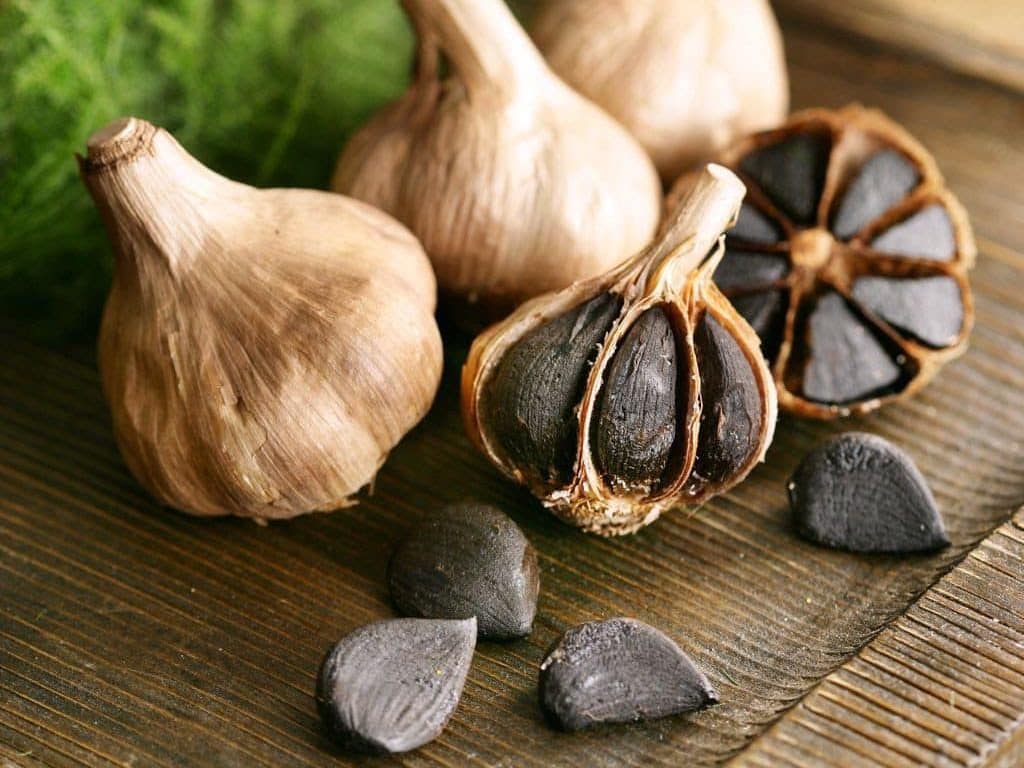
Pickled vegetables such as cornichons (gherkins) and onions provide a great contrast to the more fatty cured meats. However, if you’re looking for something a bit more fancy, go for Kalamata olives and black garlic.
Bread
Undoubtedly, the French love their bread. When choosing what type of bread to serve on a board, you have to consider texture and flavour. Our top tips here are either a rustic sourdough baguette or a decadent buttery brioche.
Pairing with wine
When enjoying your charcuterie board, don’t forget the wine! Due to the variety of flavours and textures, the choice of pairing is really up to you. Champagne or Prosecco are great matches for charcuterie as the bubbly acidity counters the fat and salt. If you want a red, then Pinot Noir is a subtle wine that also balances the cured meat well.
Classic charcuterie and cheese pairings
Raclette
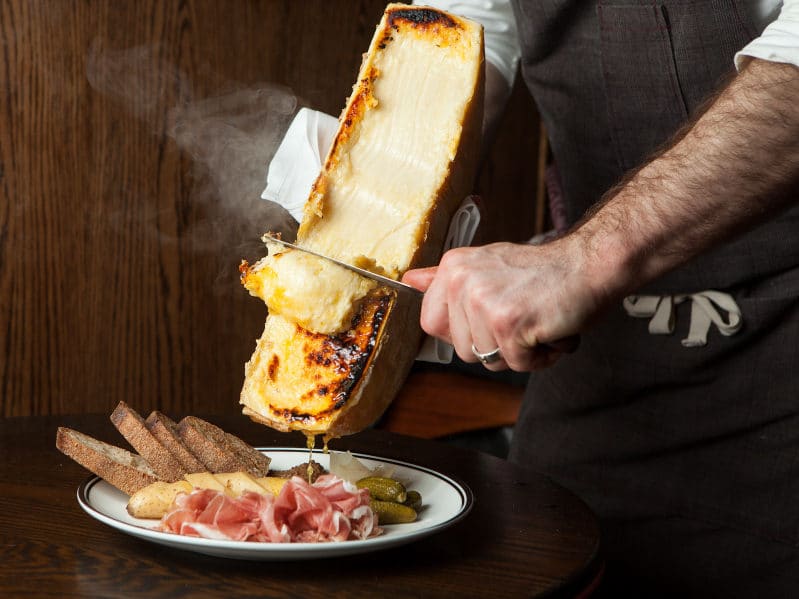
Of course, our first stop is Raclette. This traditional mountain dish originates from France and Switzerland and involves scraping a layer of melted cheese onto a plate of potatoes and saucissons or ham.
Aligot
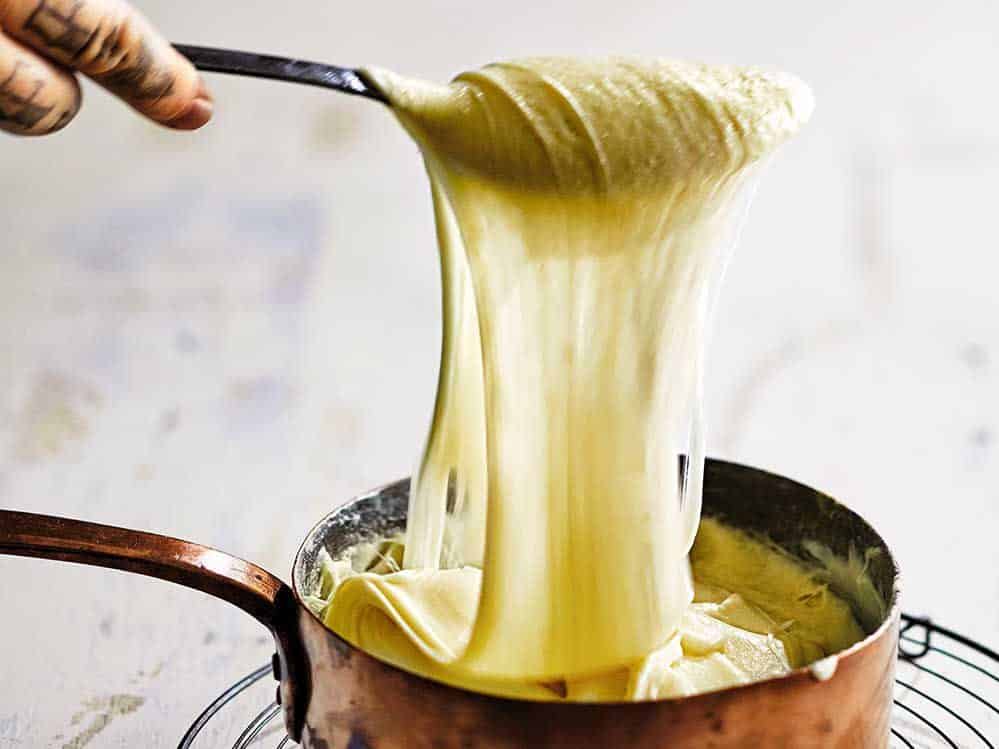
Aligot is a classic French recipe that originates from the Aubrac region. In essence, it is a very cheesy mash that is made with a local cheese called Tome Fraîche. The traditional pairing with aligot is Toulouse sausages.
Summary
So, now that you know what charcuterie means, you can spread the word and educate others on the appropriate use of the name. Drop me a comment below with your favourite cold cut meats. And tell me how do you like to eat them.

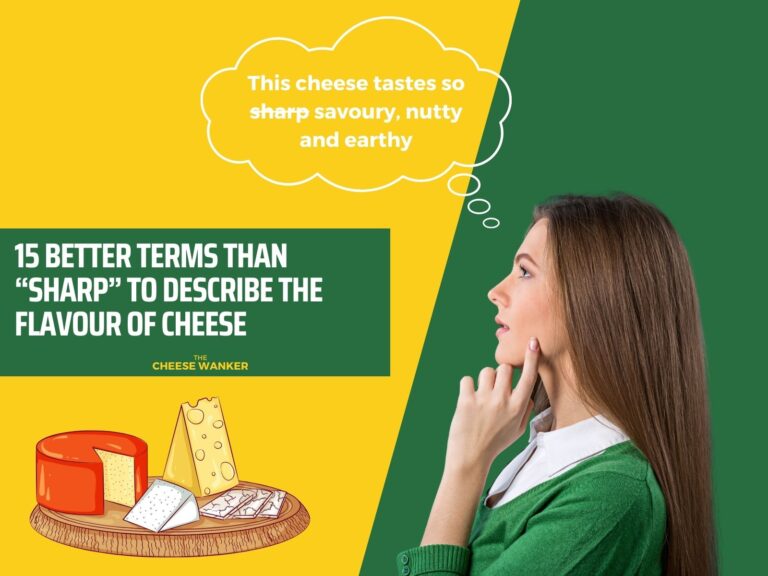
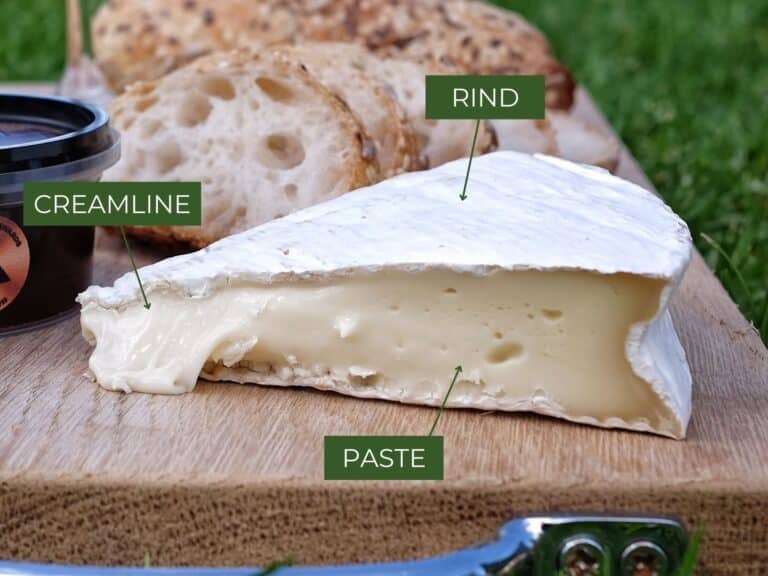

My sister has decided to host her bridal shower in her condo unit with a simple party of wine and finger food, so I’m helping her out with the preparations for next week by ordering a charcuterie board for her. It was interesting to learn that one of the common pairings of meat in a charcuterie board is cheese, along with pickled vegetables that provide a great contrast to the more fatty cured meats. I’ll keep this in mind while I look for a charcuterie catering service in Macomb County to contact for our order for the bridal shower party soon.